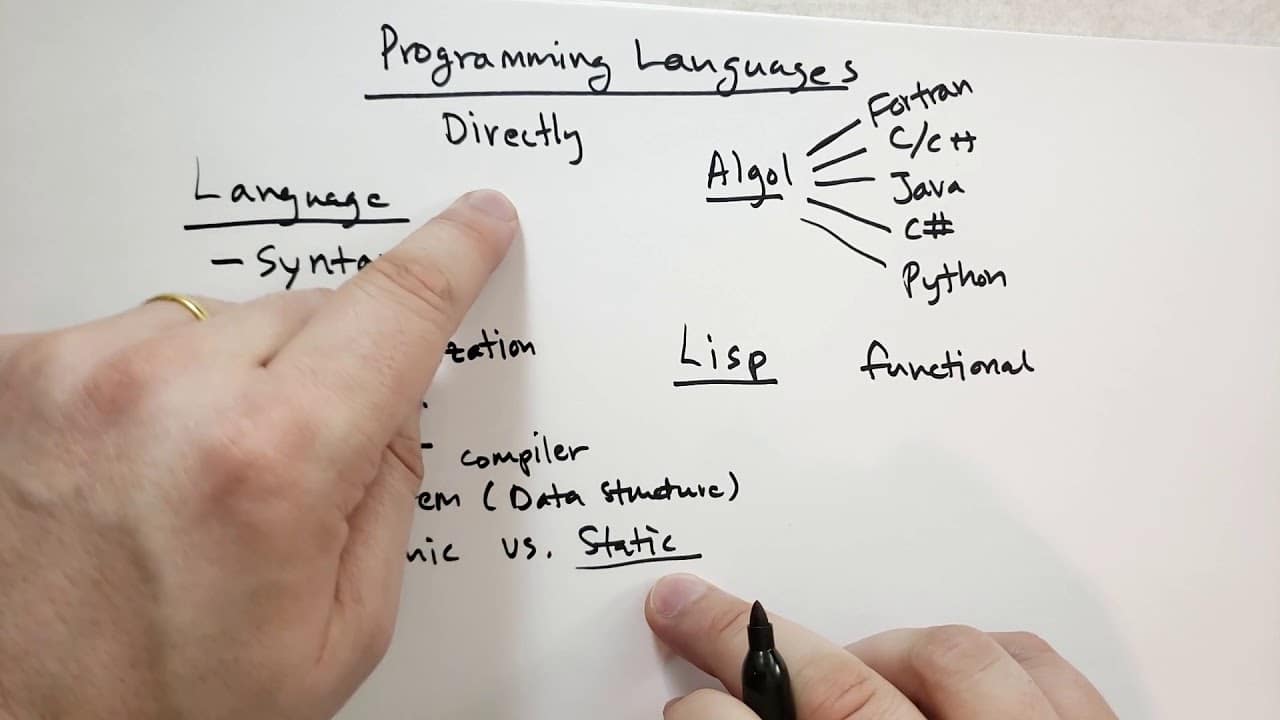Programming language theory is an area of computer science that discusses the theoretical and algorithmic aspects of programming languages and language abstractions. It covers both the syntax and semantics of programming. The theory is closely related to models of computation and formal methods.
The main purpose of Programming language theory is to define logical and formal foundations of programming language design and implementation. It helps in understanding the architecture of today’s programming languages, and promotes the development of better versions.
Programming language theory provides a mathematical framework for understanding necessary properties and patterns in programming languages. It evaluates languages according to criteria such as readability, portability and structural soundness. It also determines the type of security features present in a language.
Programming language theory combines the fields of logic, linguistics, and mathematics. It helps computer scientists in understanding the fundamental concepts and aspects of computer programming. It explains the syntactic and semantic properties of programming language design. Additionally, it discuss compilers, debuggers, interpreters, and other related tools.
Programming language theory has paved the way for the development of higher-level programming languages that make programming easier and more efficient. Through the application of formal methods, Programming language theory helps in expressing programming language designs and implementations. It also accelerates the development of secure and reliable programming languages.
Overall, Programming language theory is a major component of modern computer science. It helps us in understanding the fundamental aspects of programming and promotes the development of reliable programming languages.






